I am working on an express js application where I need to update a nested array. 1) Schema :
//Creating a mongoose schema
var userSchema = mongoose.Schema({
_id: {type: String, required:true},
name: String,
sensors: [{
sensor_name: {type: String, required:true},
measurements: [{time: String}]
}] });
2) Here is the code snippet and explanation is below:
router.route('/sensors_update/:_id/:sensor_name/')
.post(function (req, res) {
User.findOneAndUpdate({_id:req.body._id}, {$push: {"sensors" :
{"sensor_name" : req.body.sensor_name , "measurements.0.time": req.body.time } } },
{new:true},function(err, newSensor) {
if (err)
res.send(err);
res.send(newSensor)
}); });
I am able to successfully update a value to the measurements array using the findOneAndUpdate with push technique but I'm failing when I try to add multiple measurements to the sensors array.
Here is current json I get if I get when I post a second measurement to the sensors array :
{
"_id": "Manasa",
"name": "Manasa Sub",
"__v": 0,
"sensors": [
{
"sensor_name": "ras",
"_id": "57da0a4bf3884d1fb2234c74",
"measurements": [
{
"time": "8:00"
}
]
},
{
"sensor_name": "ras",
"_id": "57da0a68f3884d1fb2234c75",
"measurements": [
{
"time": "9:00"
}
]
}]}
But the right format I want is posting multiple measurements with the sensors array like this :
Right JSON format would be :
{
"_id" : "Manasa",
"name" : "Manasa Sub",
"sensors" : [
{
"sensor_name" : "ras",
"_id" : ObjectId("57da0a4bf3884d1fb2234c74"),
"measurements" : [
{
"time" : "8:00"
}
],
"measurements" : [
{
"time" : "9:00"
}
]
}],
"__v" : 0 }
Please suggest some ideas regarding this. Thanks in advance.
